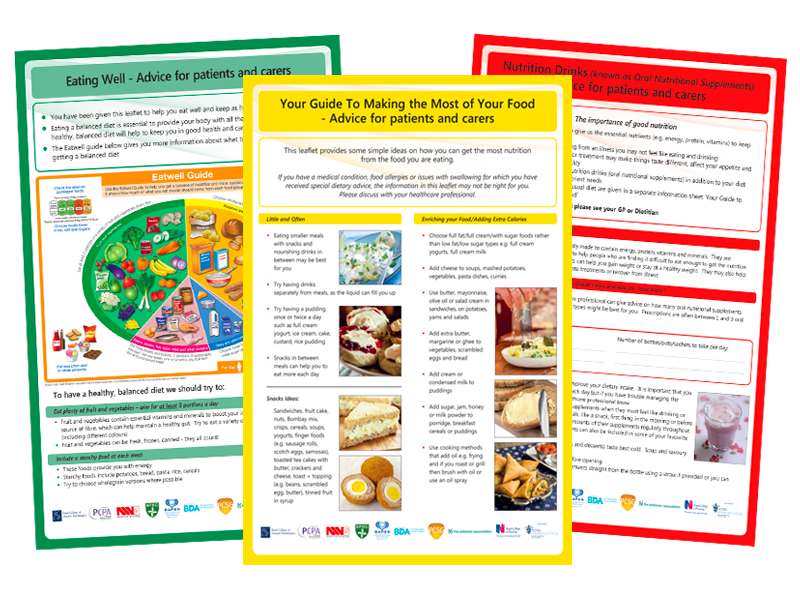Resources for Occupational Therapists
Malnutrition Pathway Primary Care Network Portal
PCN RESOURCES HOME PAGE RESOURCES A-Z RETURN TO MAIN SITEOccupational therapists support people of all ages with problems resulting from physical, mental, social, or developmental difficulties. They suggest interventions that help people find ways to continue with everyday activities that are important to them. Many of the groups they are working with will be at particular risk of malnutrition especially the frail elderly and those with long term conditions. Occupational therapists can assist in identifying and preventing malnutrition in the following ways:
- Assessing whether an individual is able to access food and drink, can feed themselves, has appropriate equipment/cooking facilities for eating and drinking and the ability to prepare food
- Checking that individuals have assistance when needed from carers, agencies and social link prescribers to access food and create meals
- Discussing eating and drinking difficulties with individuals and referring to other members of the multi-disciplinary team, such as dietitians, for specialist advice

